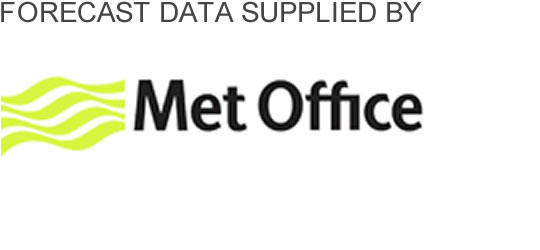Planning at Home
This is the most important phase in evaluating avalanche hazard. By gathering avalanche information and updates on conditions throughout the winter, you will be better equipped to make the right decisions on any excursion – as well as having an indication of what’s happening beneath the snow’s surface.
| Attention! | Advice | ||
|---|---|---|---|
Snow is lying on the hills and mountains?Expect the risk of avalanches in many locations. |
Read published avalanche reports and consider weather forecasts for wind, precipitation and temperature. Obtain any additional information from other people or organisations on where and what level of hazard exists. |
8 | |
Windy?Wind above speeds of 15mph will transport snow and form unstable windslab. |
Check map and, using wind direction, work out where new snow will probably lie. It will usually form on a range of sheltered or lee slopes. Read avalanche report text carefully to determine the places where new and unstable snow may be accumulating. |
18 | |
Cold or Warm?Low temperatures over a few days (e.g., freezing levels at 900m and below produces and maintains instabilities in the snowpack, while warm temps and rain at summit levels produce rapid instabilities in the snowpack). |
Read avalanche reports regulalry and research snowpack history to identify where avalanche snow instabilities may be. Read weather forecasts daily, noting weather patterns, including wind speed and direction, temperature, precipitation amount and freezing levels. |
8 |
Scroll sideways
Using Map and CompassPoor visibility requires good navigation ability to avoid avalanche hazard areas. |
Read published avalanche reports to determine where and what level of hazard exists. Get additional information from other people who know about the place you are visiting. Use the contour tool to check slope angles and shape. |
8 | |
Equipment and ClothingGood clothing and equipment is essential for managing yourself safely in winter conditions. |
It is essential that you are confident in using crampons and ice axes, as it is important to travel securely to avoid avalanche-prone slopes. If you are on skis or snowboard, it is important that you carry transceivers, probes and shovels – and that you are well-practiced in using them. |
||
ExperienceYou must be equipped, skilled and prepared for your particular trip. |
Are you fit for travelling in deep snow? Are severe winter conditions a possibility (windy, blizzards, hard and icy snow surface)? If the terrain is remote, steep and complex, this will require good mountain skills. Ensure you have a flexible plan. |
Scroll sideways
Is it steep?Most avalanche occur on slopes steeper than 30˚. yourself safely in winter conditions. |
Read published avalanche reports to determine where and what level of hazard exists. Do you understand what the hazard level actually means in your chosen location? Use the contour tool to check slope angles and shape. |
18 | |
What slope aspects will you encounter?Wind will transport snow and form unstable windslab above speeds of 15mph. |
Look at a map to determine where new snow may lie. It usually forms on a range of sheltered or lee slopes. Read avalanche report to determine where other unstable places may be or speak to people who have current knowledge of the area, like ski patrol or trusted local climbers. |
1 | |
Complex terrain?Complex terrain requires good navigation and constant evaluation of avalanche hazard, especially in poor visibility. |
Good navigation and route finding is essential to avoid unstable slopes and the threat of being carried into bad places (e.g., terrain traps or convex slopes) by even small avalanches. Carefully read avalanche reports, maps and guide books to identify potentially hazardous places. |
5 |
Scroll sideways


